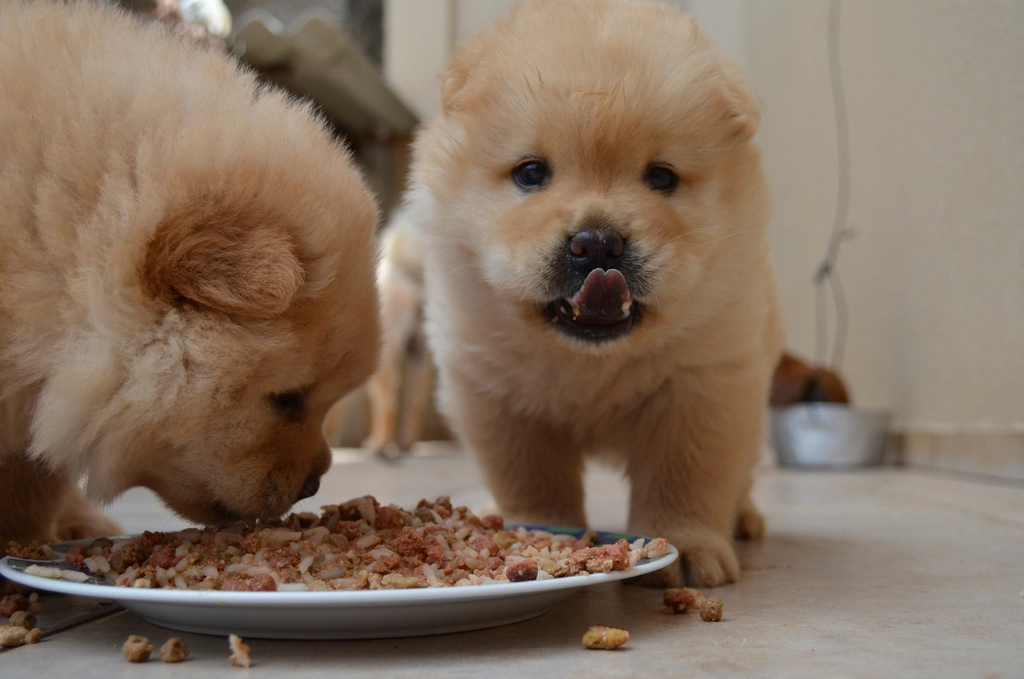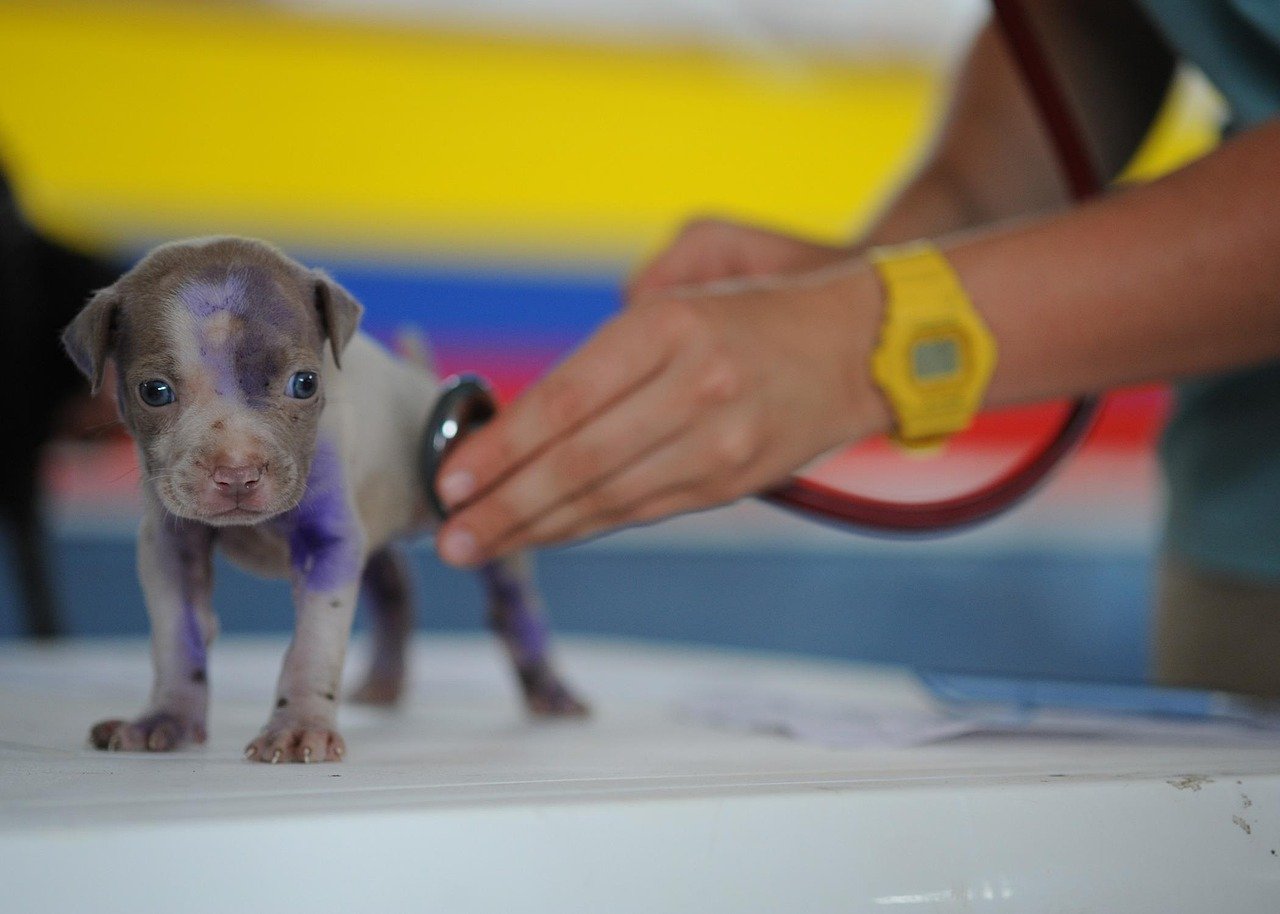Have you ever locked eyes with a puppy and felt your heart melt instantly? The joy and excitement of bringing a new puppy home is truly magical, but behind those wagging tails and playful barks, a world of responsibility awaits. Many new dog owners find themselves overwhelmed, making mistakes that can have lasting effects on their furry friend’s health and happiness. Some errors are so common, yet so easily avoidable, that it’s almost heartbreaking to see loving owners unintentionally set their pups up for trouble. Let’s dive into the most frequent puppy care pitfalls and discover how to ensure your best friend gets the start in life they truly deserve.
Neglecting Socialization at an Early Age
Bringing home a new puppy is one of life’s most joyful moments—but it also comes with a steep learning curve. Amid the cuddles, playtime, and picture-perfect moments, it’s easy for new dog owners to overlook key parts of puppy care that can make all the difference in raising a healthy, happy dog. From inconsistent training to missed vet visits or poor socialization, even well-meaning mistakes can lead to long-term challenges.
One of the most surprising mistakes new dog owners make is not prioritizing socialization during the puppy’s critical early weeks. Puppies are like little sponges, absorbing every new sight, sound, and experience. If they’re kept isolated or only interact with the same people and environments, they can develop fear, anxiety, or aggression later on. Imagine trying to teach a child about the world without ever letting them leave the living room—it just doesn’t work. Exposing your puppy to all kinds of people, animals, and situations (in a safe manner) helps them grow into confident, balanced adults. Playdates, car rides, and gentle visits to new places are all excellent ways to help your puppy adapt. The early months are a golden window; missing it can lead to lifelong behavioral challenges.
Skipping Consistent Training and Boundaries
Many new owners fall into the trap of letting puppies do as they please because “they’re just babies.” While the cuteness is irresistible, puppies need structure and consistent rules from day one. Imagine trying to drive without any traffic signals—chaos would ensue! The same goes for puppies without boundaries. Inconsistent training creates confusion and can lead to unwanted behaviors like jumping, nipping, or ignoring commands. Simple, short training sessions each day using positive reinforcement lay the foundation for a well-behaved companion. Remember, puppies thrive on routine and clear expectations, so don’t wait until problems arise to start training.
Overlooking the Importance of Proper Nutrition

Feeding a puppy isn’t as simple as grabbing any bag of dog food. Puppies have specific nutritional needs that are crucial for their growth and development. Some new dog owners make the mistake of feeding their puppies table scraps, adult dog food, or inconsistent meals. Think of it like fueling a sports car with the wrong type of gas—the engine just won’t perform its best. Poor nutrition can stunt growth, cause digestive issues, or even lead to long-term health problems. Consulting with a veterinarian about the best puppy food and feeding schedule ensures your pup gets the right balance of proteins, fats, and vitamins to grow strong and healthy.
Ignoring Early Veterinary Care and Vaccinations

Some new owners underestimate the importance of timely vet visits and vaccinations, believing their puppy looks healthy so everything must be fine. This is a risky oversight that can have heartbreaking consequences. Vaccinations protect against deadly diseases like parvovirus and distemper—illnesses that can devastate young pups. Regular check-ups also help catch potential issues before they become serious. Think of your vet as your puppy’s first line of defense, ensuring they’re set up for a long and happy life. Skipping or delaying these visits can put your puppy’s health, and the health of other pets, in danger.
Failing to Puppy-Proof the Home
Puppies are notorious for getting into everything—shoes, wires, even things you never realized could be dangerous. Many new owners underestimate just how curious (and sneaky) a puppy can be. It’s like having a toddler who can climb, chew, and squeeze into the tiniest spaces! Neglecting to puppy-proof the home can result in accidents, injuries, or expensive vet bills. Every cord, trash can, toxic plant, or small object should be considered a potential hazard. Taking the time to scan your living space from a puppy’s perspective can prevent countless mishaps and keep your new companion safe.
Not Providing Enough Mental and Physical Stimulation
Boredom is a puppy’s worst enemy, often leading to destructive behaviors like chewing, digging, or barking excessively. Many new owners underestimate how much exercise and mental stimulation a puppy truly needs. Puppies are bundles of energy, eager to explore and learn. Picture a child cooped up indoors all day with nothing to do—restlessness is inevitable. Daily walks, play sessions, and puzzle toys help satisfy their need for activity and challenge their growing minds. A tired puppy is a happy puppy, and providing proper outlets for their energy prevents a host of behavioral issues.
Overindulging or Spoiling the Puppy
It’s easy to want to shower your new puppy with treats, toys, and endless affection, but overindulgence can create problems. When every whimper is met with a treat or your puppy is allowed on every piece of furniture without rules, boundaries quickly disappear. This can lead to entitlement, resource guarding, or even obesity. Puppies need to learn patience, self-control, and that not every demand will be met instantly. Love doesn’t always mean saying “yes”—sometimes the most loving thing you can do is teach your puppy to wait their turn or follow the rules.
Misreading or Ignoring Body Language
Puppies communicate in subtle ways, often through body language rather than barking or whining. New owners sometimes overlook signs of stress, fear, or discomfort, assuming their puppy is just being “difficult.” Imagine trying to communicate in a foreign language and being constantly misunderstood—it would be frustrating, right? Learning to recognize signals like tucked tails, flattened ears, or lip licking can help you respond appropriately to your puppy’s needs. This builds trust and prevents situations where a frightened puppy might lash out or develop anxiety.
Delaying Crate Training or Using the Crate Incorrectly
Crate training is often misunderstood, with some owners believing it’s cruel or unnecessary. In reality, when used correctly, a crate is a safe haven for your puppy—a place to rest, relax, and feel secure. Others use the crate only for punishment, causing fear and reluctance. The key is to introduce the crate positively, making it comfortable with soft bedding and treats. Start with short periods and gradually increase the time, ensuring your puppy associates the crate with good things. Proper crate training helps with housebreaking, prevents destructive behavior, and gives your puppy a place of their own.
Underestimating the Commitment and Patience Needed
Many new dog owners are shocked by just how much time, energy, and patience raising a puppy requires. It’s easy to fall in love with the idea of a puppy, but the reality includes sleepless nights, accidents on the carpet, and the occasional chewed-up shoe. Puppies don’t grow into perfect dogs overnight—it’s a journey filled with ups and downs. Understanding that setbacks will happen and maintaining patience through the challenges is key. With consistency, love, and a commitment to learning, both you and your puppy will thrive together.
Are you ready to give your puppy the best possible start, or did any of these common mistakes surprise you?

Born and bred in South Africa, a Capetonian at heart. Amy-Leigh’s love for nature and animals was inherited from her Dad. He loves taking the family on road trips to experience nature at its finest; Amy-Leigh’s favourite being whale watching in Hermanus and spotting Kudu along the West Coast. Amy-Leigh holds a BA in English Literature and Communication Studies.





